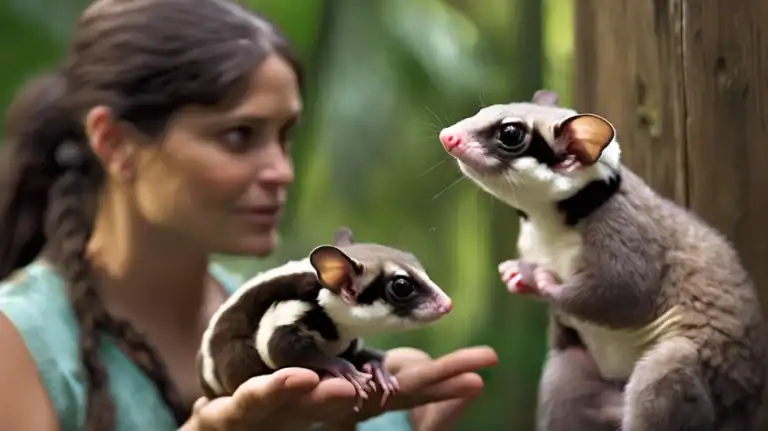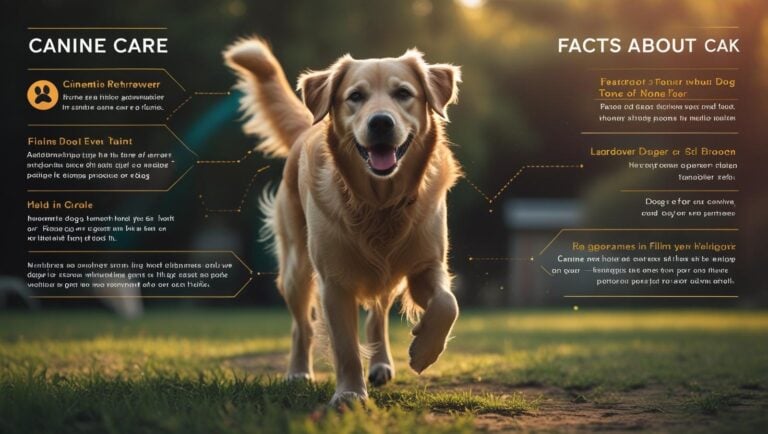Tigers, deer, elephants, and so many more animals are disappearing before our eyes. Habitats vanish, poachers strike, and pollution spreads. If we don’t act now and focus on efforts to save the animals, the sights and sounds of wild places will fade, leaving behind silence and regret. Every share, every voice, every kind heart can change this story. Let’s speak for the voiceless and turn compassion into action—together, we can help animals survive and thrive.
Why Animals Matter to Our Planet
Every wild creature, from the smallest bee to the tallest giraffe, plays a part in nature’s balance. When an animal species disappears, so does the role it plays: pollinating flowers, spreading seeds, hunting prey, or shaping the soil. Remove one player, and the whole system wobbles.
Besides science, there’s something deeply human about our connection to animals. Stories, art, and traditions are filled with their images. For many, animals are both teachers and kin—a reminder we’re not alone on Earth.
The Role of Keystone Species
Keystone species act as anchors in the web of life. For example, elephants clear paths through forests, allowing light to pass through so that new plants can grow. Tigers regulate deer populations, helping forests stay healthy. Without these animals, ecosystems can fall apart. There are real-life examples, such as in Africa, where declining elephant numbers have shifted entire landscapes.
To learn more about keystone species, check out this overview on Keystone Species 101.
Biodiversity and Ecosystem Health
Biodiversity is nature’s safety net. It means having many different animals and plants, each doing its job. This variety keeps forests green, oceans lively, and rivers clean. Healthy ecosystems give us pollination for crops, clean water to drink, and air to breathe. When animals vanish, we lose more than beauty—we risk our future. See how various species shape their homes in this feature by Wild View: Understanding Species Roles in Ecosystem Survival.
Moral and Cultural Connections
Many cultures see animals as sacred, wise, or symbolic of nature’s spirit. Our ethics and values remind us to care for the vulnerable and protect those who cannot speak for themselves. When we save animals, we embody the best in ourselves and honor traditions that stretch back generations.
Threats Facing Endangered Animals Today
The list of endangered species grows every year. Rhinos, elephants, turtles, and countless other animals face new dangers at a terrifying pace. Their greatest threats:
- Habitat loss and fragmentation
- Poaching and illegal trade
- Climate change and pollution
For sobering numbers on species at risk, the IUCN Red List tracks thousands of animals on the edge.
Habitat Loss and Fragmentation
Forests disappear to make room for farms, roads, and houses. Expanding cities and industry squeeze wildlife into smaller, isolated pockets. Animals lose migration paths and safe places to breed. This sparks a chain reaction, with whole populations shrinking and vanishing.
You can see how these trends are affecting species, as explored by Population Matters in their latest article: Vanishing Icons: Endangered Species and Human Impact.
Poaching, Illegal Trade, and Overexploitation
Some of the world’s most iconic animals are hunted for their horns, tusks, skins, and meat. Poaching devastates elephant and rhino families. Illegal trade targets animals from pangolins to parrots. Overfishing has a devastating impact on marine life, with some species pushed to the brink.
Wildlife trafficking is big business and deeply cruel, stealing not just animals but entire futures from the wild.
Climate Change and Environmental Pollution
Rising temperatures alter habitats and food sources. Many animals, from polar bears to sea turtles, find it harder to survive. Melting ice, shifting rain patterns, and more frequent disasters force animals to move or die.
Pollution adds another threat, from chemicals in rivers to plastic in the ocean. Poisoned habitats mean fewer insects, birds, and mammals, each loss echoing through the food chain. For updates on endangered species in the United States and the threats they face, check out this recent review on Earth.Org: A Look at Some of the Most Endangered Species in the US.
How You Can Help: Practical Ways to Make a Difference
The crisis may be alarming, but you’re not powerless. Everyone, no matter where you live, can help save wild animals.
Support Conservation Organizations
Trusted wildlife NGOs make a real impact. Consider supporting groups like:
- WWF (World Wildlife Fund)
- Save the Elephants
- Panthera (big cats)
- Local animal rescues and sanctuaries
Whether you donate, volunteer, attend events, or “adopt” an animal symbolically, your contributions provide funding, research, and boots on the ground.
Create Wildlife-Friendly Communities
You don’t need to live near a jungle to help animals. Try these steps:
- Plant native trees, shrubs, and flowers for birds, bees, and butterflies.
- Avoid harmful pesticides and chemicals.
- Use wildlife-friendly fencing and keep pets indoors at night.
- Support protected areas and green corridors near your home.
Simple actions make towns and cities safer for wildlife.
Educate, Advocate, and Inspire Change
- Talk to friends and family about the species at risk.
- Join citizen science efforts—tracking birds, insects, or local wildlife.
- Raise your voice for stronger laws and better protections.
- Work with local schools, clubs, or councils to start wildlife projects.
Start conversations, share news, or post on social media. The more people who care, the bigger the wave of change.
Every Voice and Action Counts
Our world is filled with beauty, wonder, and wild lives worth defending. When we speak up for animals, we defend nature for today and tomorrow. Tigers, rhinos, deer, elephants—they need allies, not bystanders.
Choose kindness. Acts big and small add up. Tell others. Get involved. When you raise your voice, you truly help save the animals—and our planet.




![Why Koala Fingerprints Look Just Like Ours [Curious Facts]](https://pawfectonline.com/wp-content/uploads/2025/08/Koala-Fingerprints-Look-Just-Like-Ours-768x434.jpg)

![Dog Breed Lifespans: What to Expect and How to Help Your Pup Live Longer [Breed Chart]](https://pawfectonline.com/wp-content/uploads/2025/08/How-to-Help-Your-Pup-Live-Longer-768x434.jpg)






